Stone Fabrication | Creating a Safe & Ergonomic Work Environment
Stone fabrication is a physically demanding process involving heavy materials, power tools, and exposure to fine dust. Without proper safety measures and ergonomic considerations, workers are at risk of muscle strain, fatigue, and respiratory hazards. A well-designed workspace not only ensures worker safety but also improves productivity and precision in stone fabrication. From adjustable fabrication tables to dust control systems, the right setup can minimize risks and enhance efficiency.
Why Safety & Ergonomics Matter in Stone Fabrication
Stone fabrication is a physically demanding process involving heavy materials, power tools, and exposure to fine dust. Without proper safety measures and ergonomic considerations, workers are at risk of muscle strain, fatigue, and respiratory hazards.
A well-designed workspace not only ensures worker safety but also improves productivity and precision in stone fabrication. From adjustable fabrication tables to dust control systems, the right setup can minimize risks and enhance efficiency.
Optimizing the Fabrication Workstation
A stable and ergonomic workstation is essential for precision cutting, polishing, and assembling stone countertops.
Choosing the Right Stone Fabrication Table
A quality fabrication table offers:
- Adjustable leveling posts to ensure a stable, vibration-free surface.
- Replaceable rubber padding to protect the delicate stone from chips and scratches.
- Modular and mobile designs to adapt to different workspace layouts.
Using an adjustable workstation also reduces the need for excessive bending and reaching, lowering the risk of strain-related injuries.
Organizing Tools & Workstations Efficiently
An organized layout prevents unnecessary movement and reduces fatigue. Keeping grinders, polishers, and measuring tools within arm’s reach ensures a more efficient workflow while minimizing the risk of accidental drops or slips.
For added flexibility, rolling tool carts and mobile workbenches can be used to adapt to different projects without excessive lifting.
Reducing the Risk of Injury in Stone Handling
Heavy stone slabs require careful handling to avoid back injuries, crushed fingers, or muscle strain. Manual lifting can be dangerous, especially for granite, marble, and engineered stone countertops, which are both heavy and fragile.
Safer Handling & Lifting Methods
- Vacuum lifters and slab clamps allow safe lifting without manual strain.
- A-frame racks and dollies prevent unnecessary handling and reduce breakage.
Shops that invest in material handling equipment report lower injury rates and greater efficiency in fabrication processes.
Silica Dust Control & Air Quality Management
Silica dust exposure is one of the biggest health hazards in stone fabrication. Cutting, grinding, and polishing stone countertops generate fine airborne particles that can lead to respiratory illnesses, including silicosis.
Effective Dust Control Measures
- Wet Cutting & Polishing – Keeps dust levels low by using water to suppress airborne particles.
- Industrial Dust Extraction Systems – Captures dust directly from saws and grinders.
- HEPA-Filtered Vacuums – Prevents dust accumulation on surfaces and in the air.
- Regular Cleaning Protocols – Wet mopping and vacuuming ensure a dust-free environment.
- Proper PPE – Workers should wear respirators, eye protection, and gloves when working with stone fabrication tools.
Shops that follow proactive dust management strategies not only protect workers but also comply with health and safety regulations.
Ergonomics in Stone Fabrication: Preventing Fatigue & Long-Term Injuries
Long hours of standing, bending, and repetitive motions increase the risk of fatigue and joint strain.
Ergonomic Solutions for Fabricators
- Adjustable-height fabrication tables reduce unnecessary bending and reaching.
- Anti-fatigue mats help cushion joints and improve standing comfort.
- Proper workstation heights prevent awkward postures and lower the risk of back strain.
- Break schedules should be implemented to prevent prolonged strain and fatigue.
Workers who have access to ergonomic workstations experience fewer injuries and higher productivity levels.
Training & Compliance for a Safer Work Environment
Even with the best tools and ergonomic setups, training is key to ensuring workplace safety.
Key Training Areas
- Proper lifting techniques to prevent back injuries.
- Safe operation of power tools and cutting equipment.
- Silica exposure prevention through dust control measures.
- Emergency response protocols in case of accidents or injuries.
Fabrication shops that regularly train their workers see higher efficiency, reduced accidents, and better retention of skilled employees.
A Safer, More Productive Stone Fabrication Process
A safe and ergonomic workspace in stone fabrication benefits both workers and businesses. By implementing adjustable fabrication tables, material handling equipment, dust control measures, and ergonomic solutions, shops can improve efficiency, worker safety, and long-term sustainability.
Key Takeaways:
- Stable, ergonomic fabrication tables improve worker comfort and prevent injuries.
- Proper lifting equipment reduces strain and prevents workplace accidents.
- Dust control systems ensure a healthier work environment and regulatory compliance.
- Organized workstations enhance workflow and minimize unnecessary movement.
- Regular safety training leads to fewer injuries and a more productive workforce.
Prioritizing safety and ergonomics isn’t just about compliance—it’s about creating a workspace where fabricators can work efficiently and safely every day.













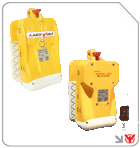

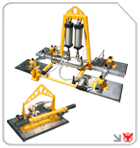
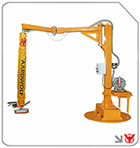
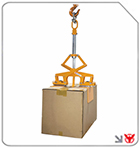
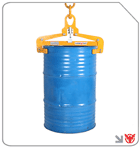

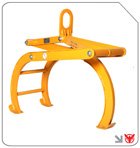

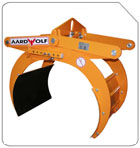
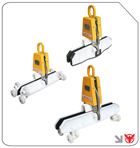

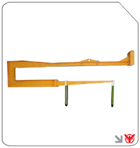
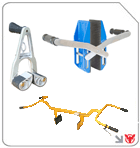
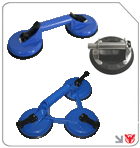

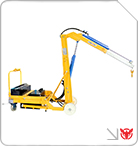

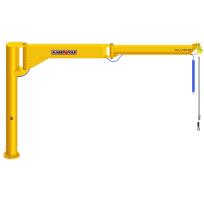
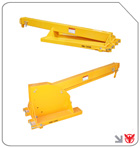
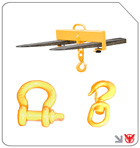
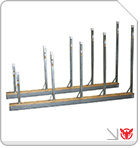
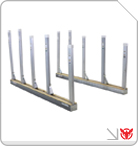
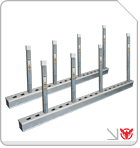



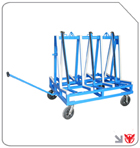

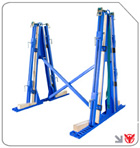
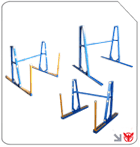
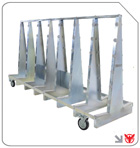
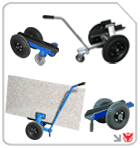


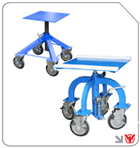




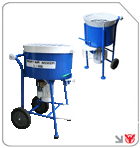

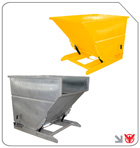

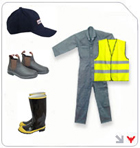
Follow us on: